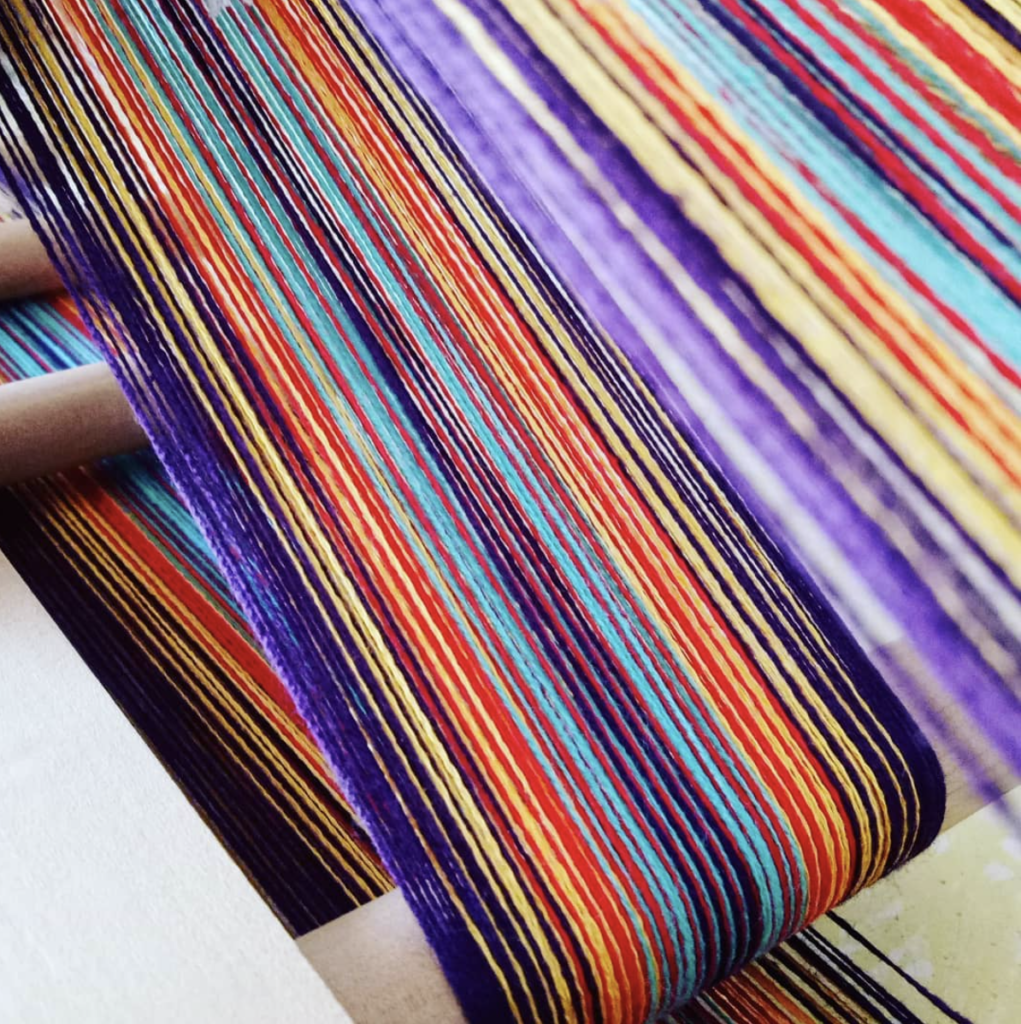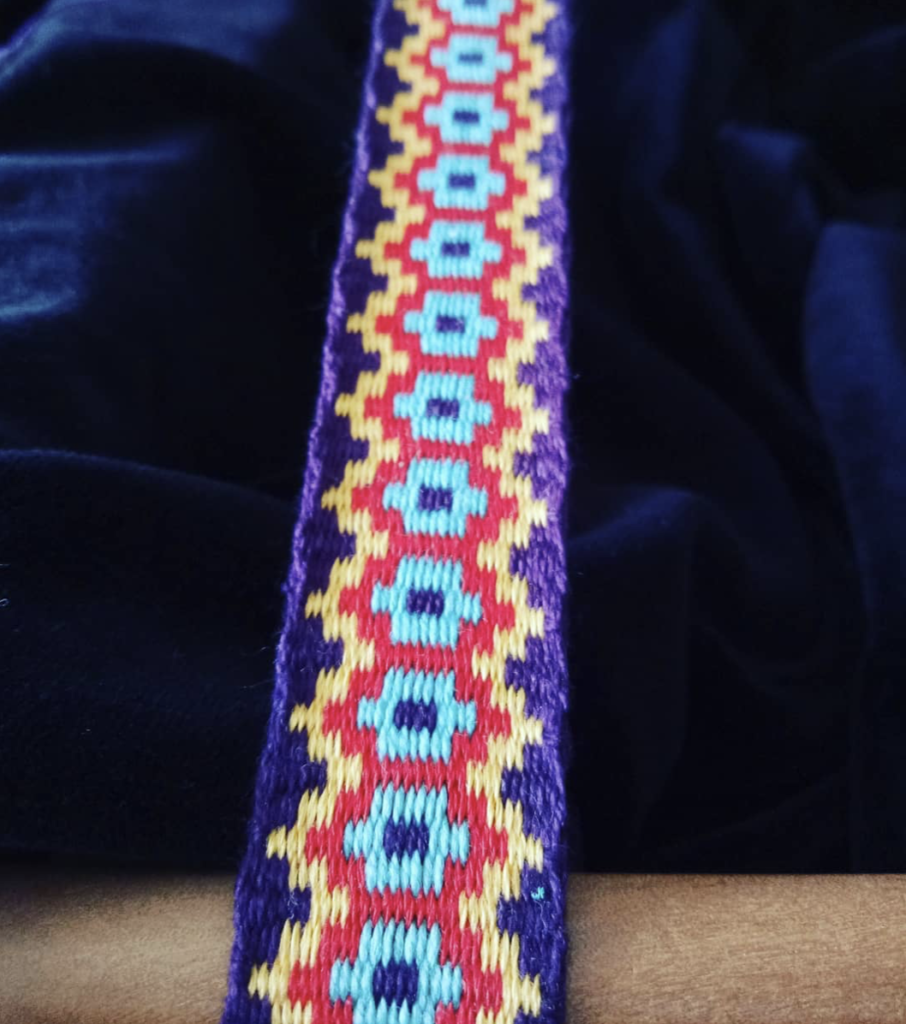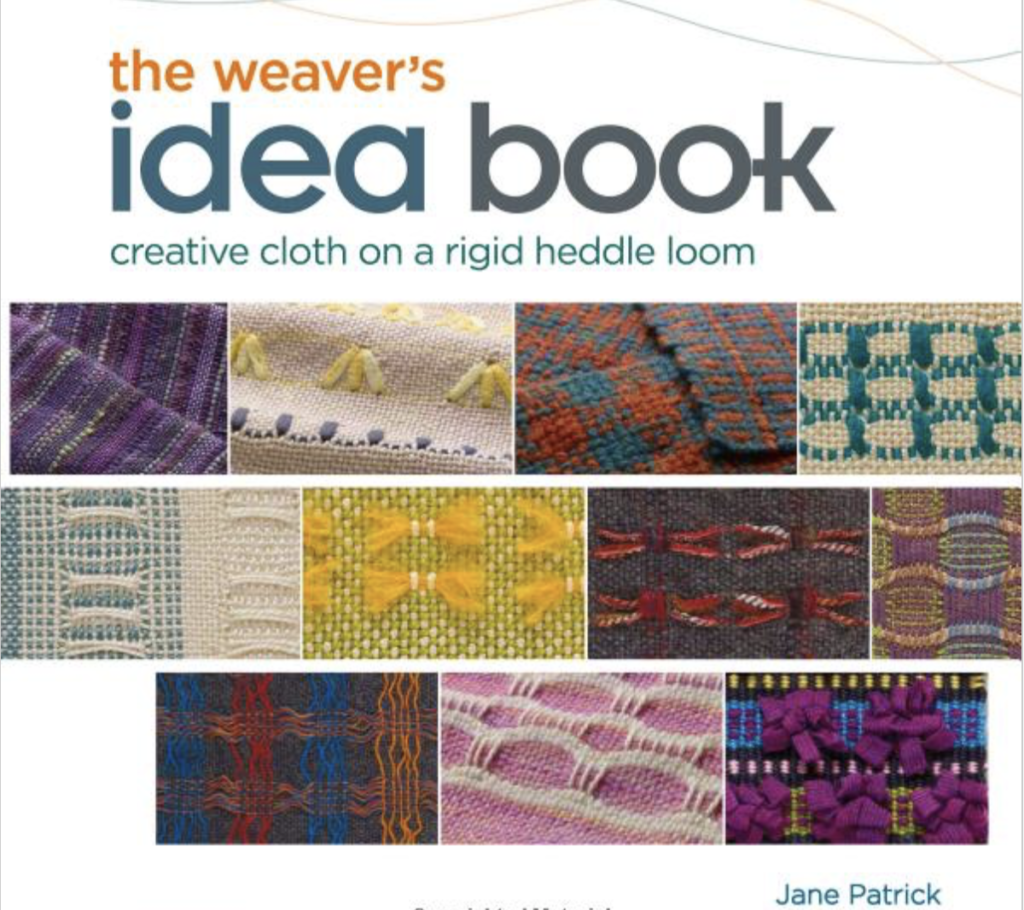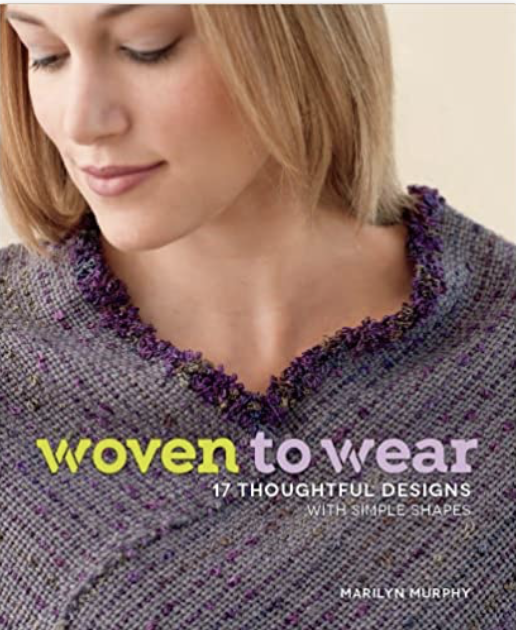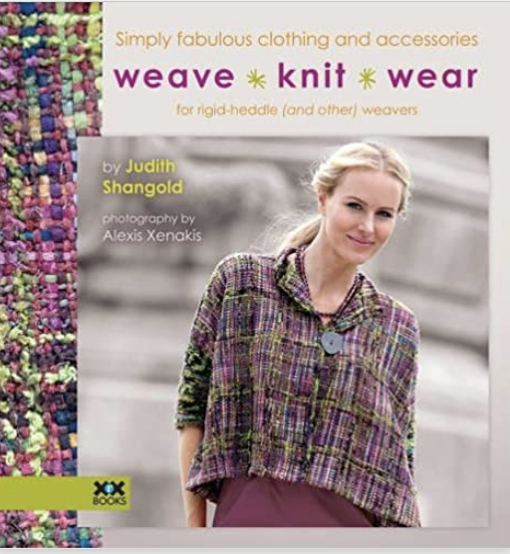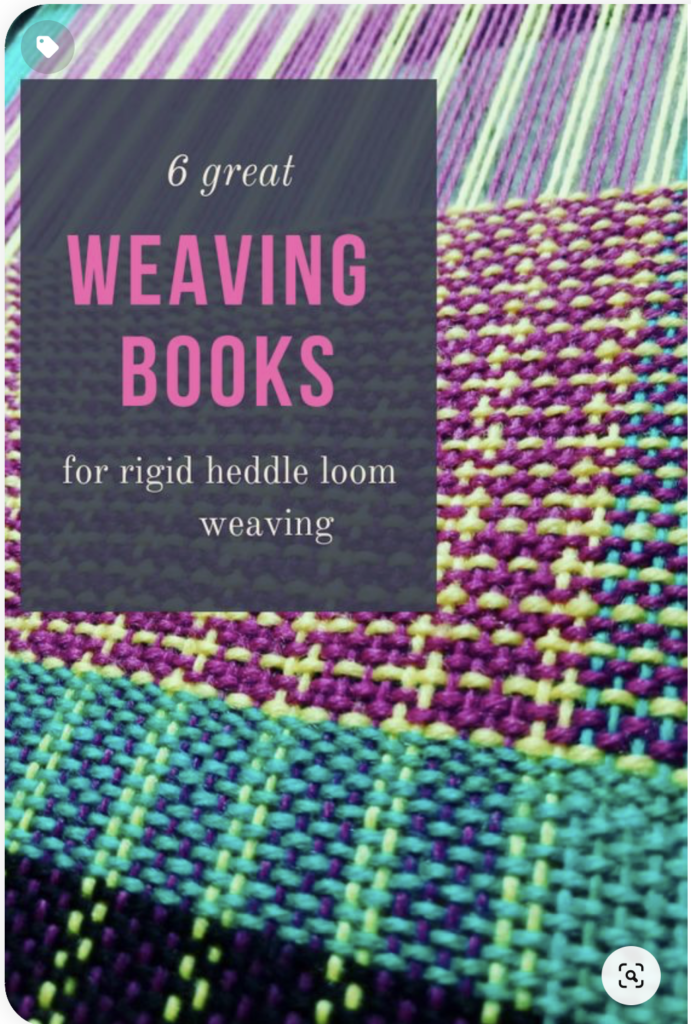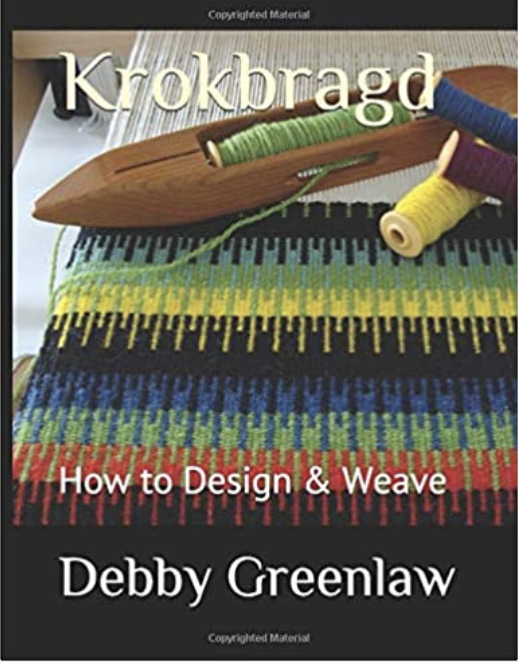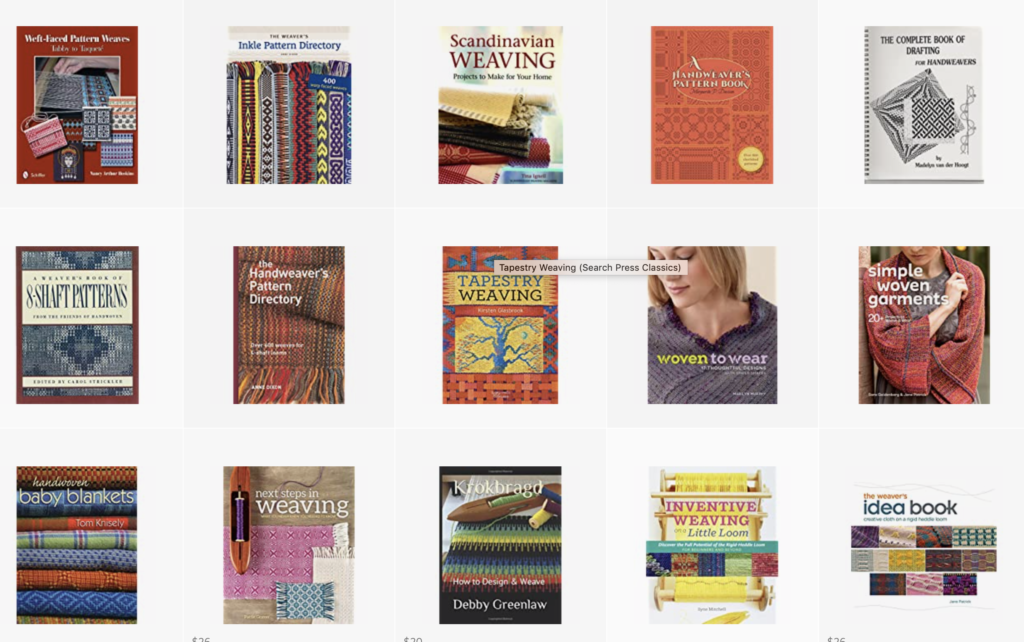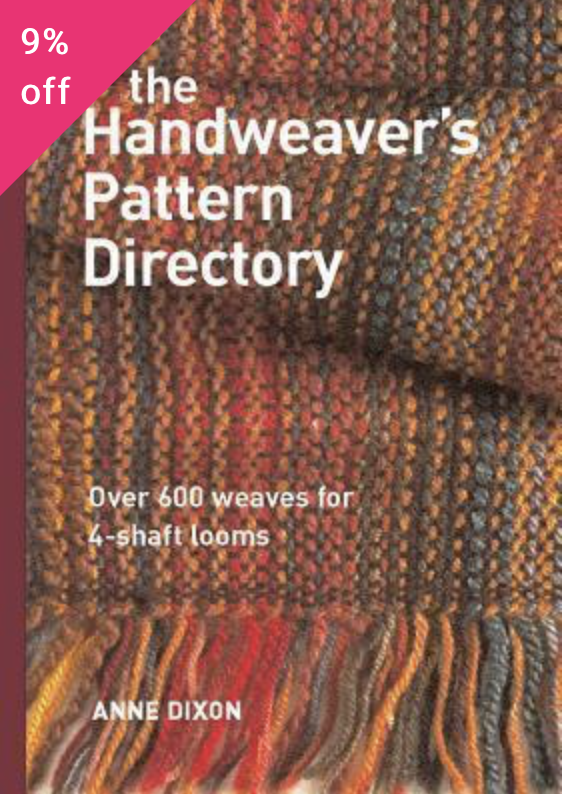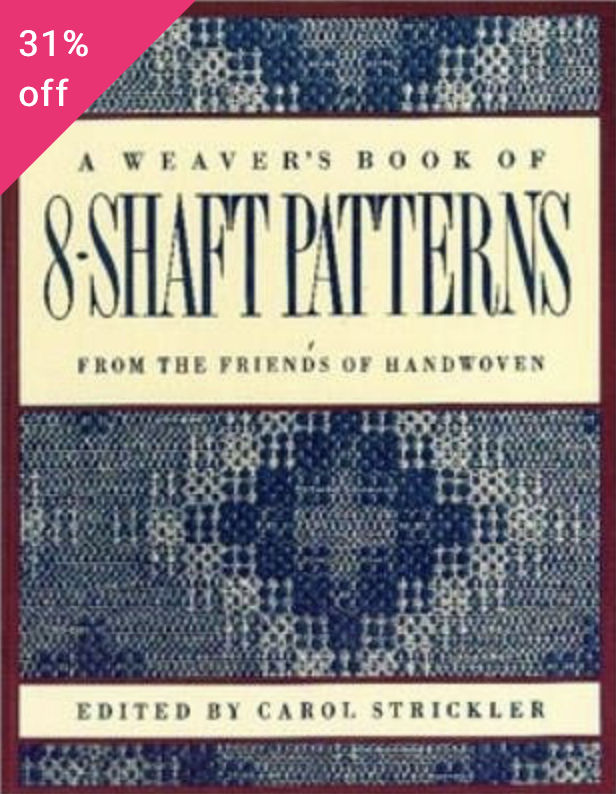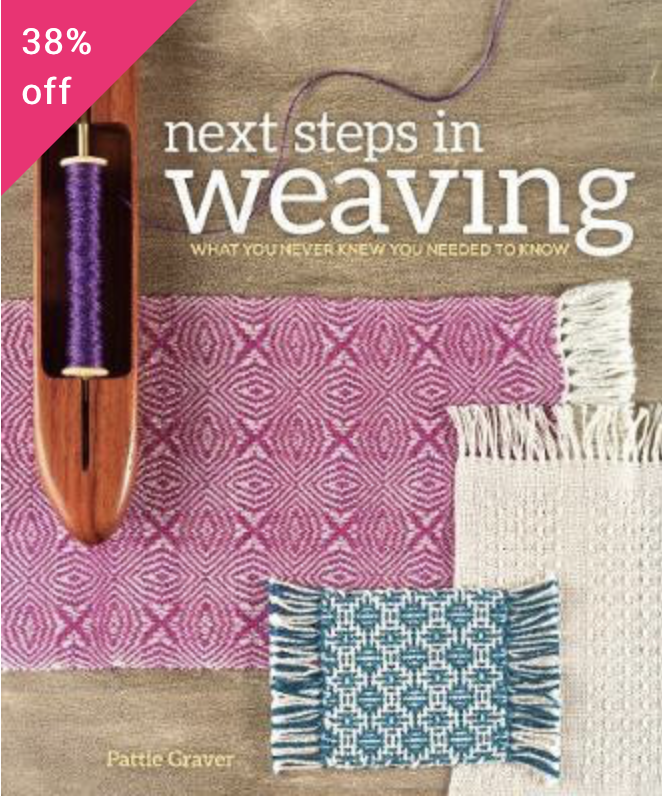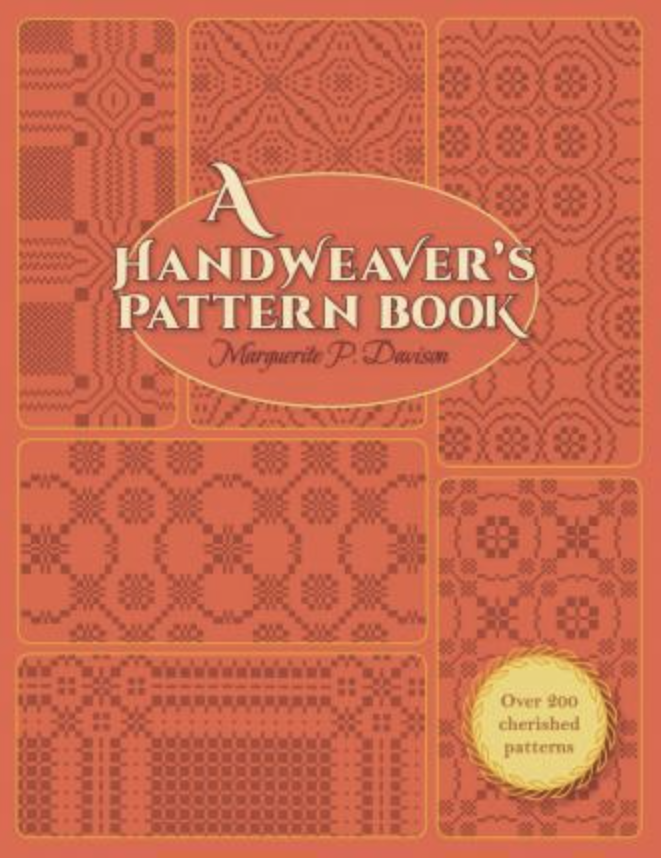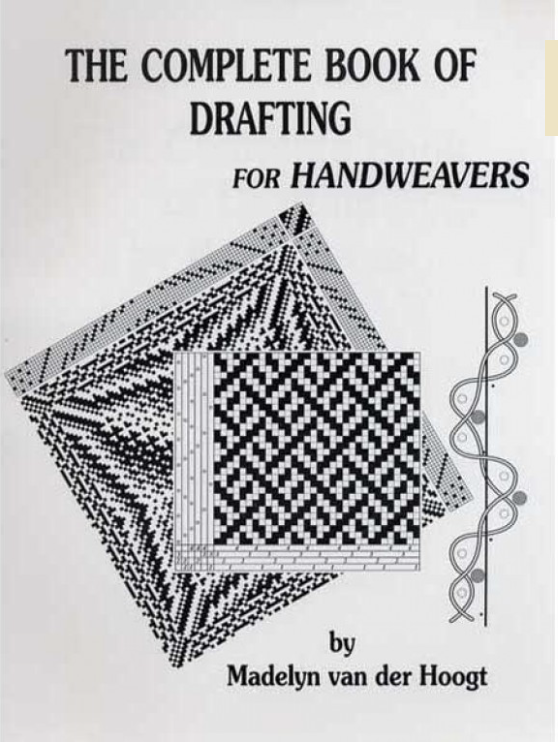Myra Wood is a well known fibre artist with an impressive array of artistic skills and talents. In fact, I’m quite amazed by all her achievements in teaching, writing books and creating. She is a huge inspiration!
*This post contains affiliate links. For more information, please see my disclosure policy.
Myra has just released a wonderful new weaving book that I am so excited to tell you about – “Crazyshot! Creative Overshot Weaving on the Rigid Heddle Loom”. “Crazyshot” is creative overshot weaving for the rigid heddle with bold patterns and colours.

The book provides beautiful colour photo, step by step instructions and explanations. The patterns look extremely complex and yet are achieved with just one heddle and one pick up stick! There are 14 stunning projects included.
You may be thinking “this looks way too advanced for me!”, but that is the beauty of it. All you need is the basics, plus a good dose of patience and an adventurous attitude.
Let’s have a chat with Myra and find out more about her and how the new book came about.
Tell us a little about your background in fibre arts.
“I was a pretty crafty kid. My mom taught me how to sew and crochet and we made tons of Barbie doll and kid’s clothes. I continued crafting through adulthood, adding new crafts every couple of years- more sewing, quilting, embroidery, tapestry and bead weaving, tatting, you name it, always with an emphasis on creative expression. In 2003 I started teaching knitting classes at a local yarn store and within a couple years I began teaching knitting and crochet on the US national circuit for XRX/Stitches, Vogue Knitting, guilds and special events. Along the way, I taught 5 classes for Craftsy and wrote 3 books and published lots of patterns. Up until Covid, I was traveling around the US almost every month. ( I don’t miss the airports but I do miss seeing everybody in person).“
When and how did you first become interested in weaving?
“In 2012, I saw my first rigid heddle loom at a trade show and had to have one. I dove right into the deep end buying a 20” with a stand while I was there and all the rigid heddle books I could find. Needless to say, my yarn stash was already a bit ridiculous so when I found out I could use the same yarns I was ready to go. My loom arrived a couple weeks later and it’s been a love affair ever since. I now own 4 rigid heddle looms, all of which are usually warped with some experiment or another.“
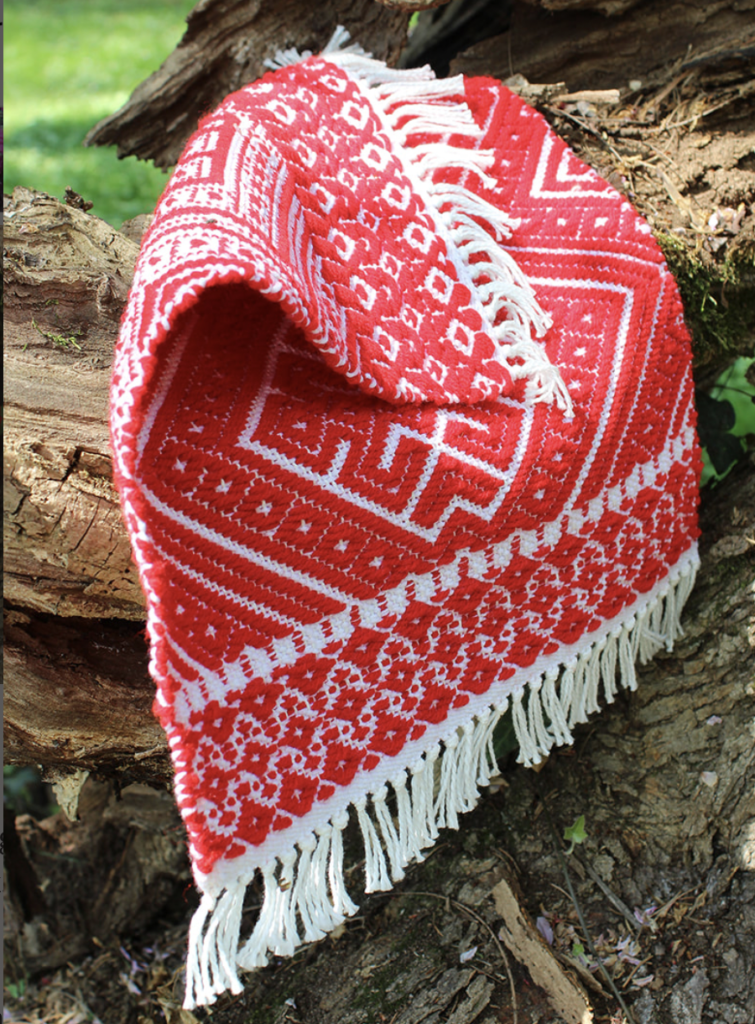
Crazyshot is not the first book you’ve published, but it is your first weaving book. What was the inspiration behind the book?
“In all honesty, your Branoe class blew me away. I kept thinking about Fair Isle and Mosaic knitting and other charted needlework while I was learning. I looked for more info on Branoe and found very little but I did discover a rich history of supplemental weft weaving from all different cultures throughout time. So I started experimenting and this book is the result of combining lots of different ideas from various charted needlework. Many times my books have come out of wanting to see the book I wish was already out there.“
Something that students often ask me about is how to choose colours for a project. I noticed that in “Crazyshot” your project colours are strikingly beautiful and harmonious. Do you have any tips for those who are nervous combining and choosing colours?
“Absolutely! I love color and I’m not afraid to use it but lots of times I find myself in color ruts. Give me some blue, green, aqua and purple yarn and I’m off to the races. When I want to step outside my comfort zone, I like to take a skein of a long color repeat yarn like Noro Kureyon and match up all the solid colors I have in my stash to the colors in the yarn. The dyers are very experienced with color and often put together colors I’d never think of combining. I’ve also used variegated yarns to start with and even printed fabrics I love. Color is the most essential element for me so before I start any project, once my colors are chosen, I stick to that palette. I always say you have to love the colors together before you start or you won’t like the end result. I always start with color.“
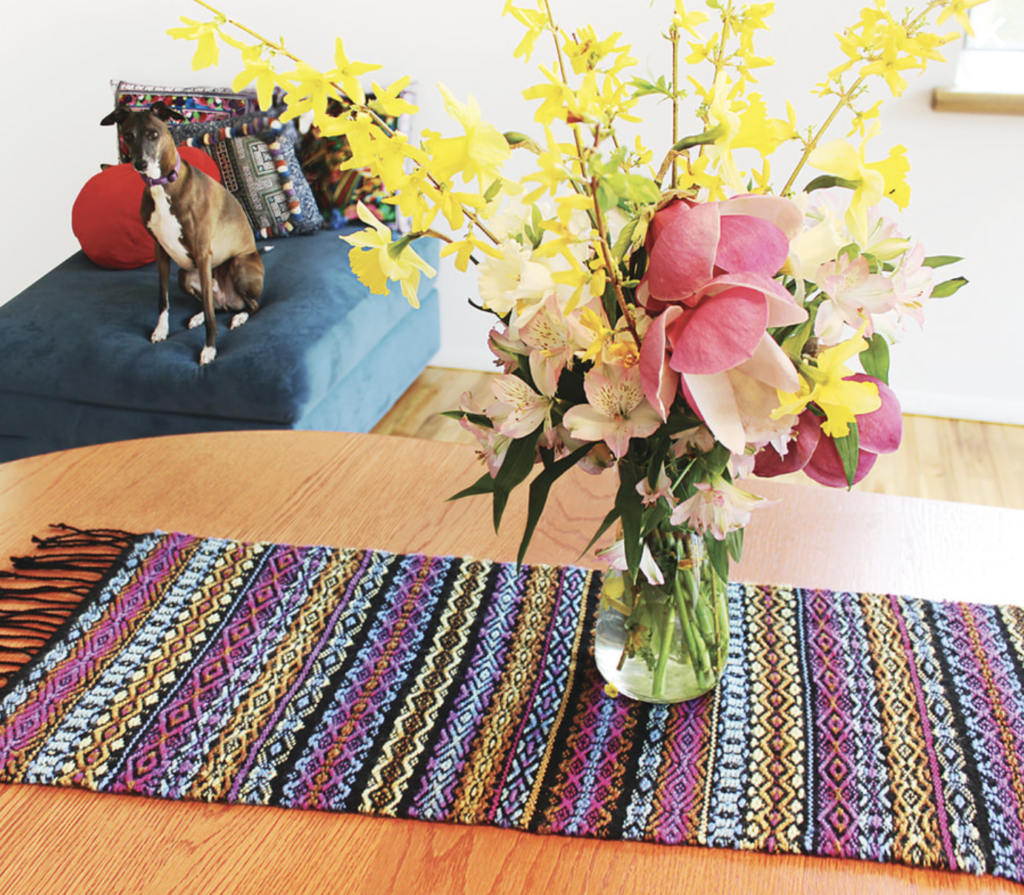
With all of the creative pursuits you are involved with, how do you organise your time effectively in order to achieve such variety?
“I tend to get fairly obsessive about one craft at a time. I’m passionate about learning as much as possible and experimenting with all the different ways I can express myself with it.
Eventually something else strikes my fancy and I abandon the previous one for the latest obsession. Many times I’ve rediscovered my love for a particular craft years after I thought I was done with it. I feel like I have a great toolbox to work with and I love combining ideas from different crafts.
I’m so lucky to have a dedicated studio and spend my days in it from morning till night. (I told you I was obsessive). As I’m aging, I find I can’t spend the hours I used to working with my hands before they start aching so I try and take breaks and do other things like clean the house and exercise. I did say try. I spend more time reflecting and relaxing now but my wheels are always turning with new ideas so I’m actually planning another book already!“
********************************************************************************************************************
And now for some more exciting news. Myra has one signed print copy of “Crazyshot” to gift to one of you lucky readers!
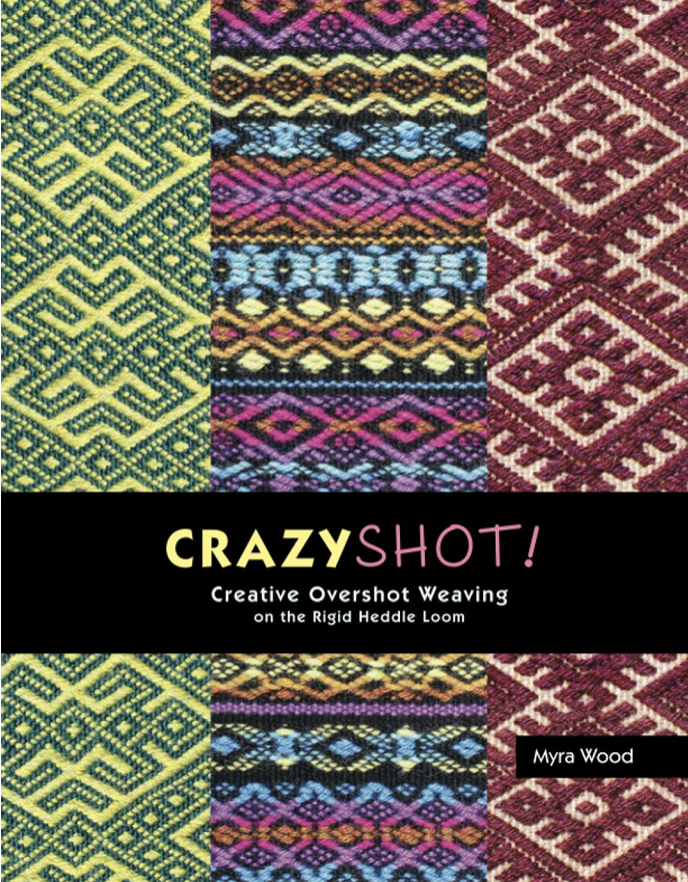
To enter, leave a comment below telling me what appeals to you most about this technique.
- THIS GIVEAWAY IS NOW CLOSED. CONGRATULATIONS TO CATHY MURPHY! THANK YOU TO ALL WHO ENTERED.
You can purchase “Crazyshot” in either digital or print version from Amazon or from Myra’s website.
If you would like a video course on the Branoe technique, check out my Exploring Branoe course at the Online Weaving School.
I also have some free videos on Youtube to help get you started:
Until next time…
Happy Weaving!

